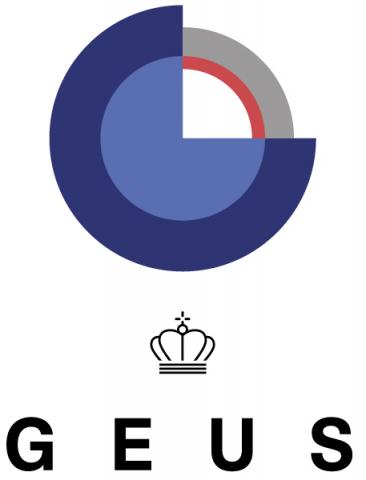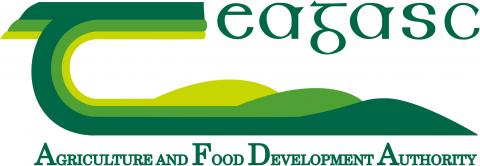Mitigation measures and Best Management Practices
Nitrate mitigation measures has been introduced in Denmark by national action plans, with the first being effective from 1985, and gradually revised with further restrictions in order to meet the goals in the EU Water Framework Directive (WFD). The action plans specify a wide range of measures, which are mandatory for all farmers. These includes: maximum stock density; storage of slurry and ban on winter spreading for spring crops; fertilizer and crop rotation plans; catch crops in a certain percentage of the area; buffer zones around streams , lake and sensitive areas; reduced fertilizer application, ~15% below economical optimum.
The national action plans also include subsidies to promote farming practices with less nitrogen loss. In addition to the mandatory measures, the waterworks has secured reduced agricultural activities in one-hectare farmland near the wells to reduce the risk of N transport by surface runoff.
In 2013 a new food- and agricultural law package was agreed upon in the Danish parliament where some of the N-mitigation measures were relaxed or entirely removed. In this way, the farmers are from 2017 allowed to apply fertilizers up to economical optimum, and the mandatory buffer zones have been removed. Buffer zones can, however, still be used by the farmers as a mitigation measure equal to the use of catch crops.
New measures are currently being established and new approaches on targeted regulations, with highest restrictions in areas with the highest loss, is under development, but not yet implemented or decided upon.
Despite the various measures the nitrate concentration in the water abstracted at the waterworks has been steadily increasing since 1980, reaching a maximum of just above the drinking water standards of 50 mg/l from 2005 – 2010. Concentrations of approximately 40 mg/l has been observed for the past years.
Whether the drop in recent years is caused by the local mitigation or to natural climatic variability has not been confirmed. However, with the current concentrations, above 37.5 mg NO3/l at which action is required according to the WFD, it is necessary to introduce new N-mitigation measures in the area. The need for additional measures are becoming even more pressing with the political decision of allowing increasing fertilizer application rates.








